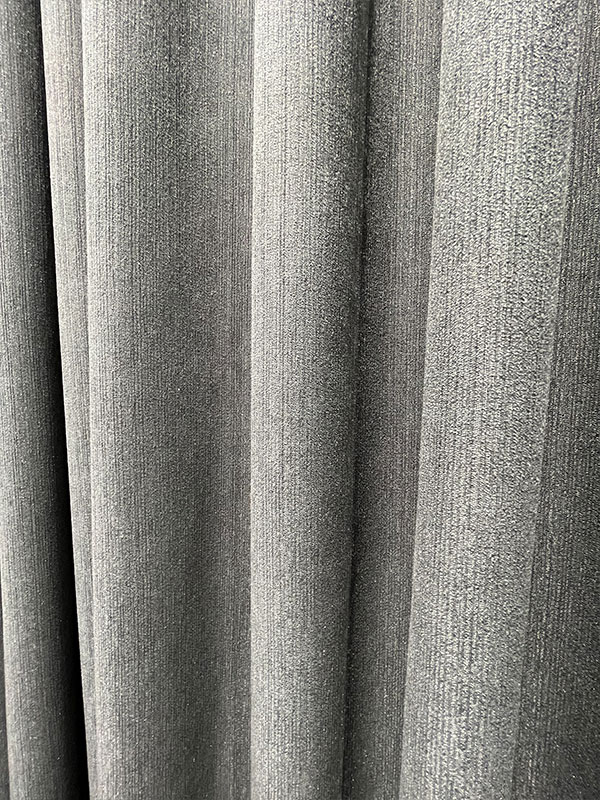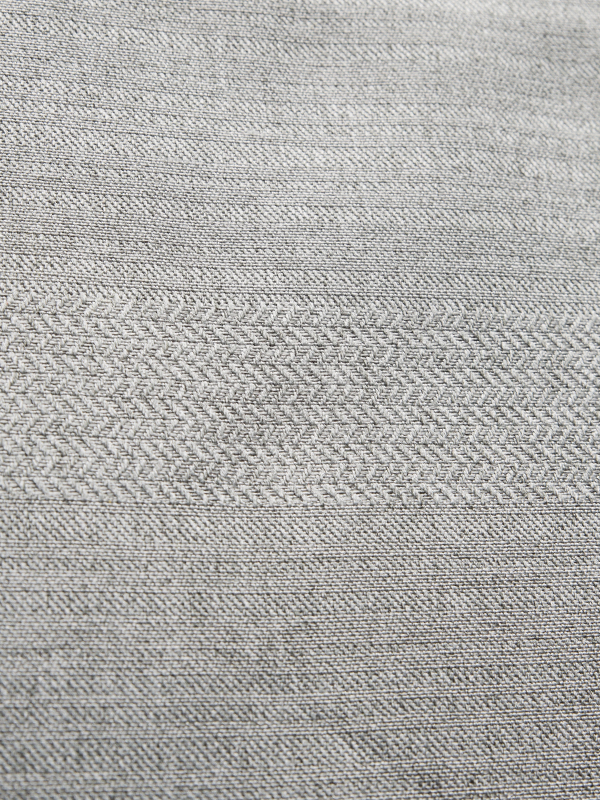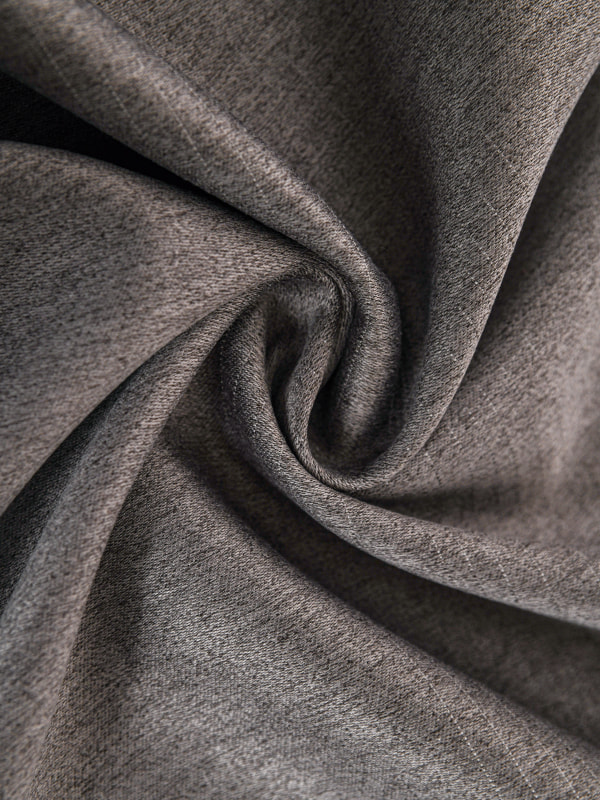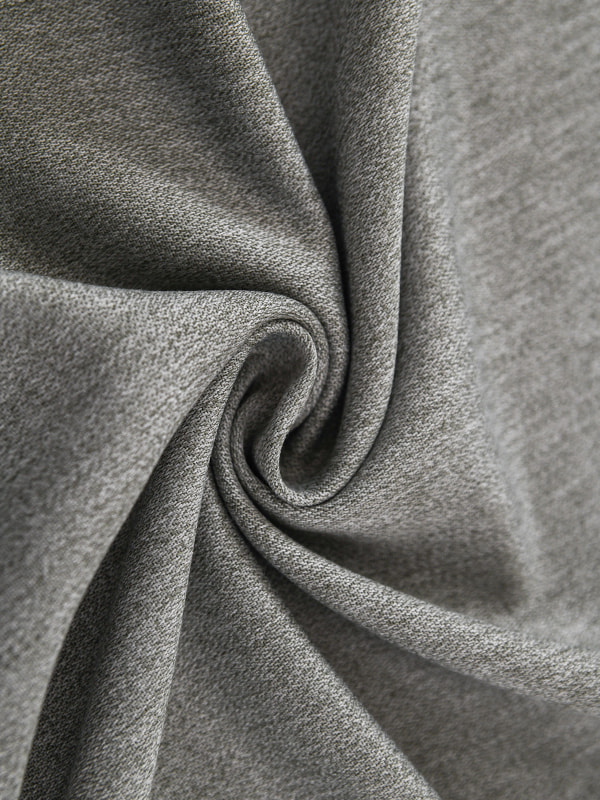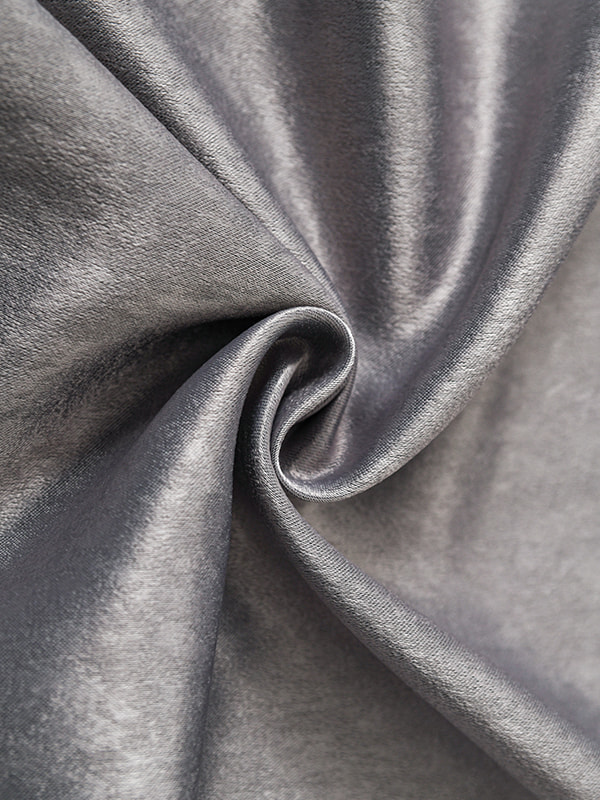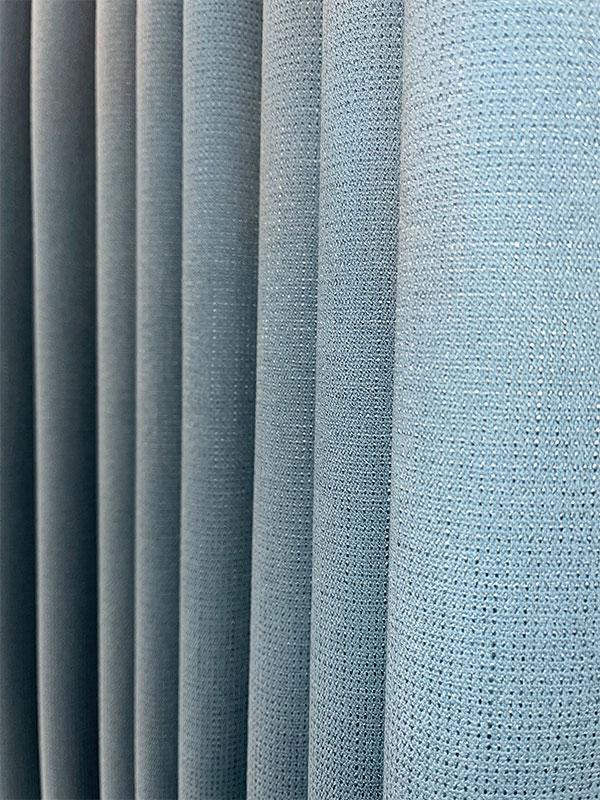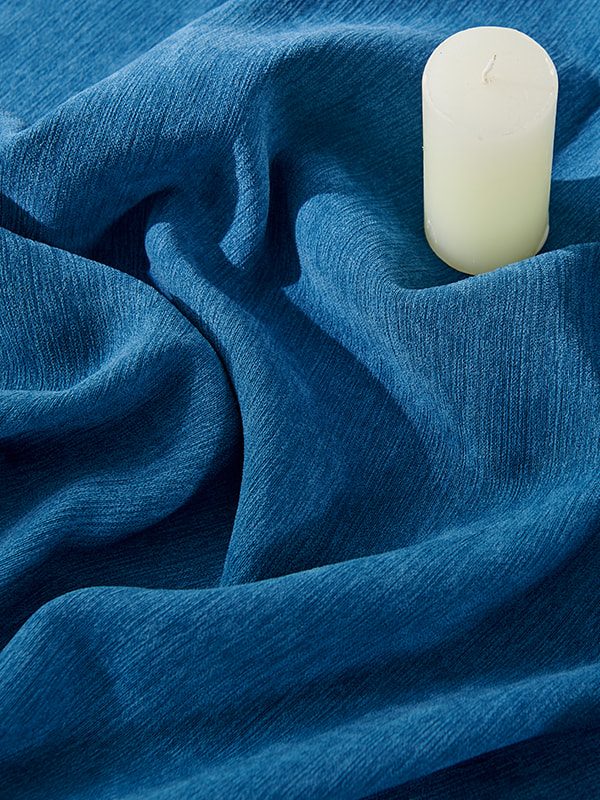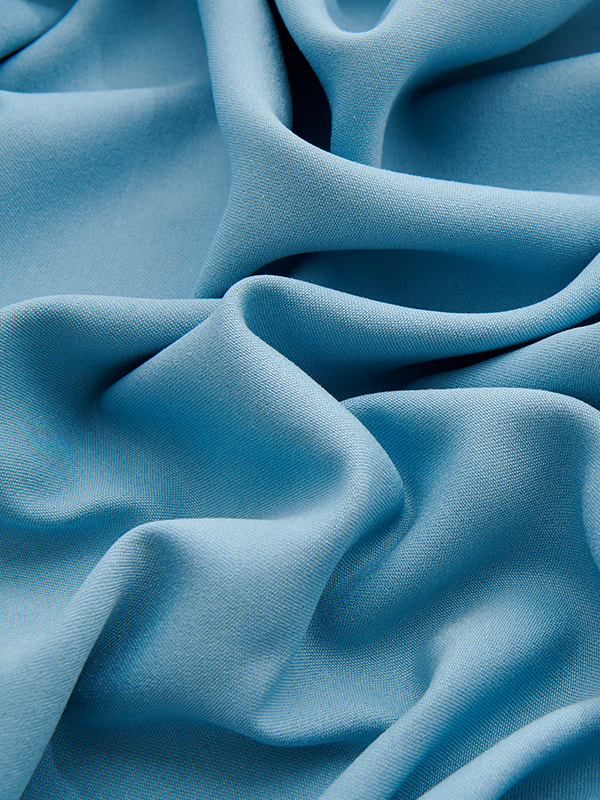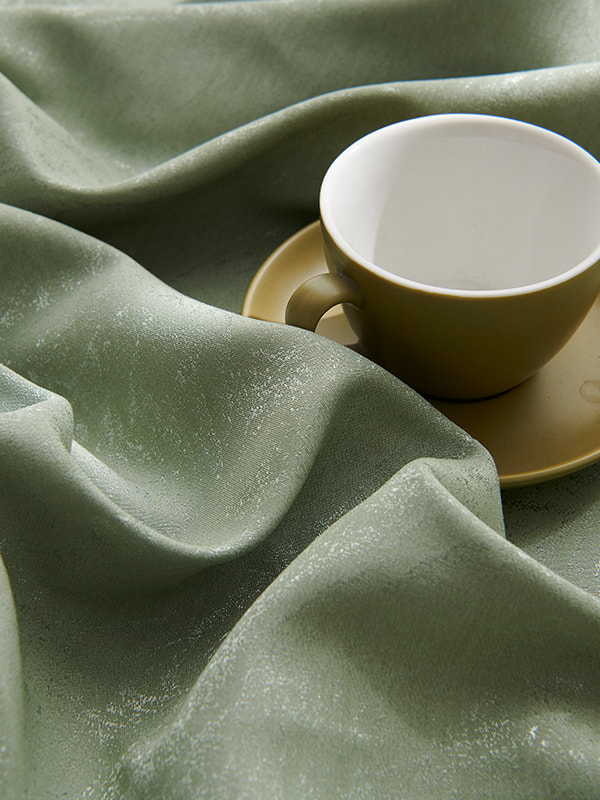The production of modern simplicity curtain fabrics with environmental sustainability in mind often involves various practices aimed at minimizing the ecological footprint and promoting responsible manufacturing. Here are some common approaches:
Material Selection:
Choose eco-friendly and sustainable materials for the fabric. This may include using organic cotton, linen, or recycled fibers. Certifications such as Global Organic Textile Standard (GOTS) or OEKO-TEX Standard 100 can indicate environmentally friendly and safe fabric choices.
Low-Impact Dyes and Printing Techniques:
Opt for low-impact dyes that minimize water usage and reduce the release of harmful chemicals into the environment. Digital printing and other eco-friendly printing techniques can also be employed to reduce waste and energy consumption.
Energy Efficiency:
Implement energy-efficient manufacturing processes. This includes using energy-efficient machinery, optimizing production workflows, and sourcing energy from renewable sources.
Water Conservation:
Minimize water consumption by implementing water recycling and reuse systems. Water-efficient dyeing and finishing processes can also contribute to reducing the environmental impact.
Reduced Chemical Usage:
Employ eco-friendly finishing treatments that reduce the need for harsh chemicals. This includes exploring alternatives to traditional fabric softeners and stain repellents.
Recycled and Upcycled Materials:
Incorporate recycled materials into the fabric production process. This may involve using post-consumer recycled polyester or upcycling textile waste to create new fabrics.
Closed-Loop Production Systems:
Aim for closed-loop production systems where waste generated during manufacturing is minimized, and any waste that is produced can be recycled or reused within the production process.
Social Responsibility and Fair Labor Practices:
Ensure that the production process adheres to fair labor practices and ethical standards. This may involve choosing suppliers and manufacturers who prioritize worker welfare and social responsibility.
Longevity and Durability:
Design fabrics with longevity in mind to reduce the frequency of replacements. Durable fabrics that withstand wear and tear over time contribute to a more sustainable product lifecycle.
End-of-Life Considerations:
Explore ways to make the curtain fabrics recyclable or biodegradable at the end of their life cycle. This may involve providing information on responsible disposal methods or facilitating take-back programs.
Certifications and Standards:
Seek certifications from recognized environmental and sustainability organizations. Certifications such as the Global Recycled Standard (GRS) or Cradle to Cradle can signal a commitment to sustainable practices.
Transparency and Communication:
Communicate transparently about the environmental efforts made during the production process. Providing consumers with information on the sustainability features of the curtain fabrics can foster awareness and appreciation for eco-friendly choices.


 English
English русский
русский عربى
عربى Español
Español
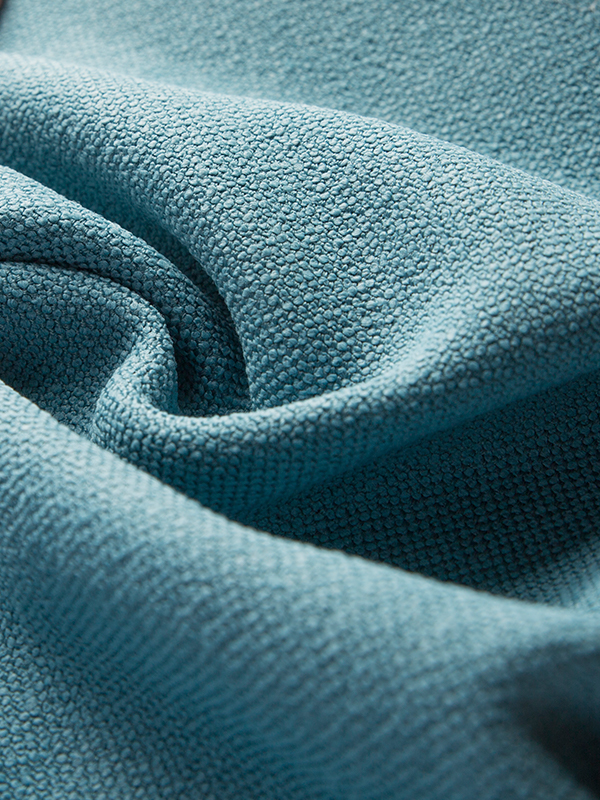
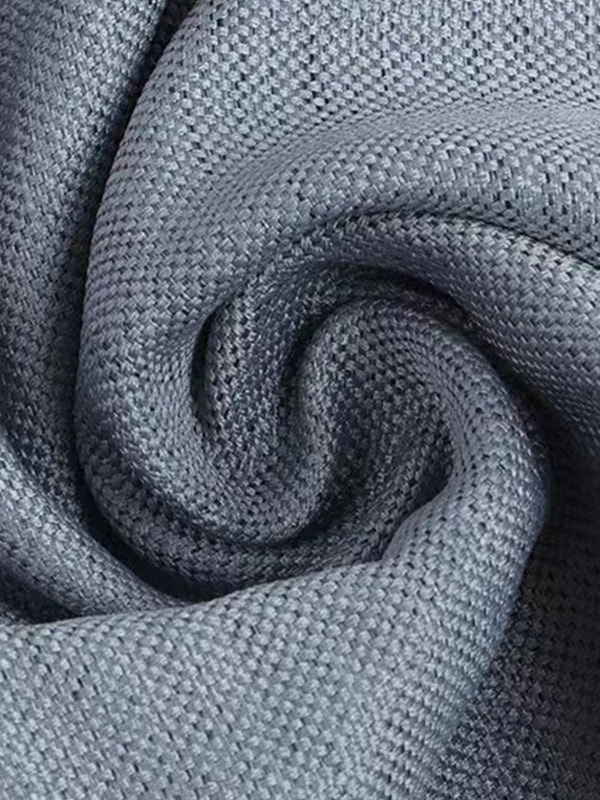
.jpg)

